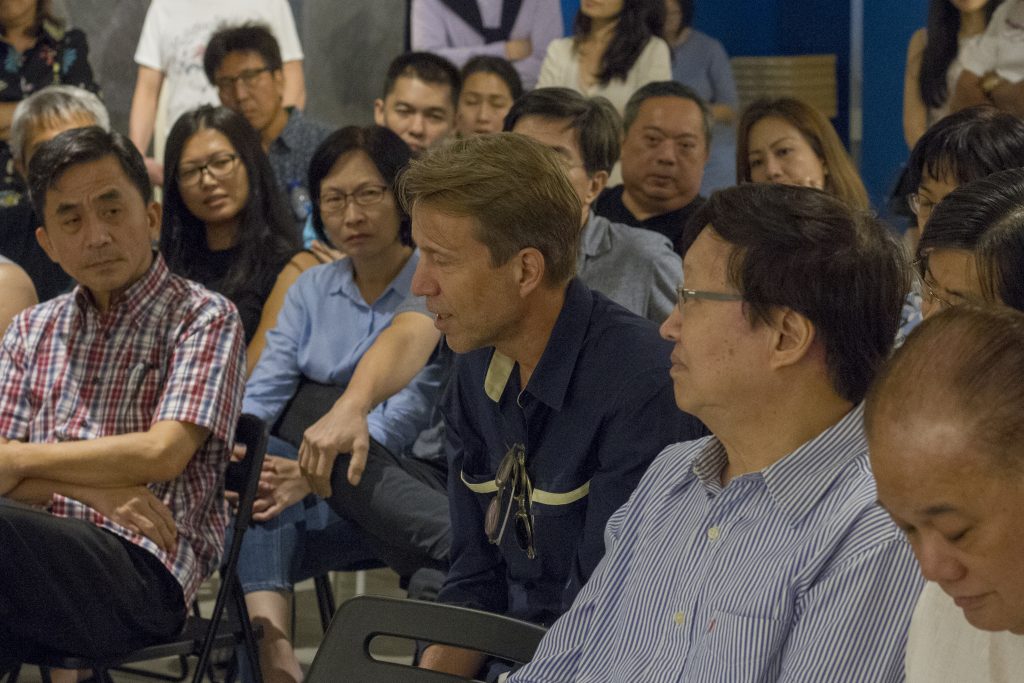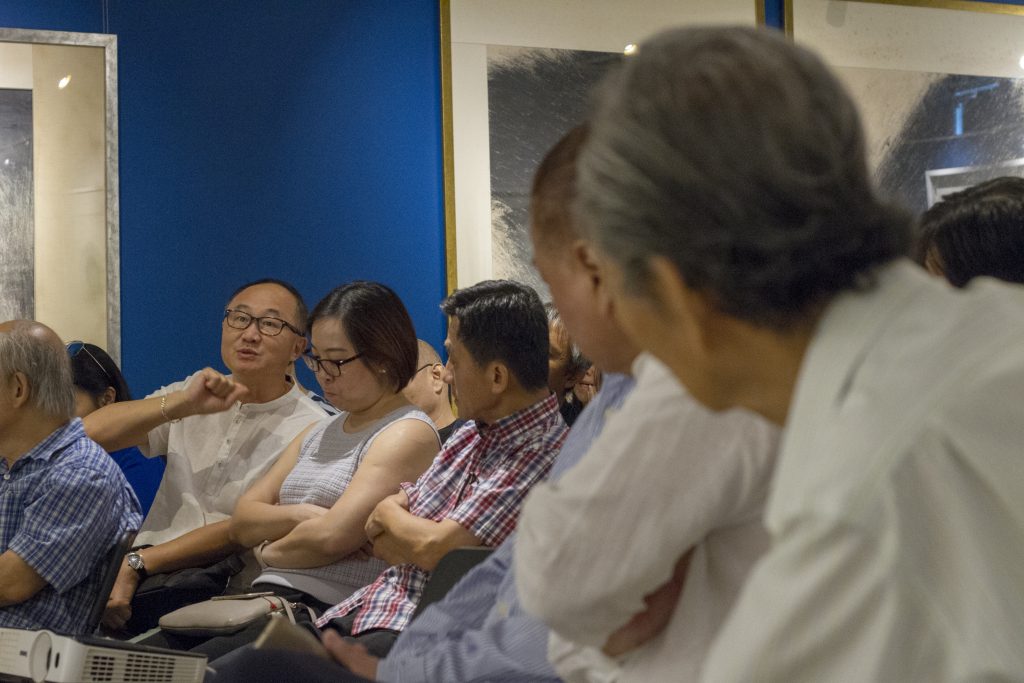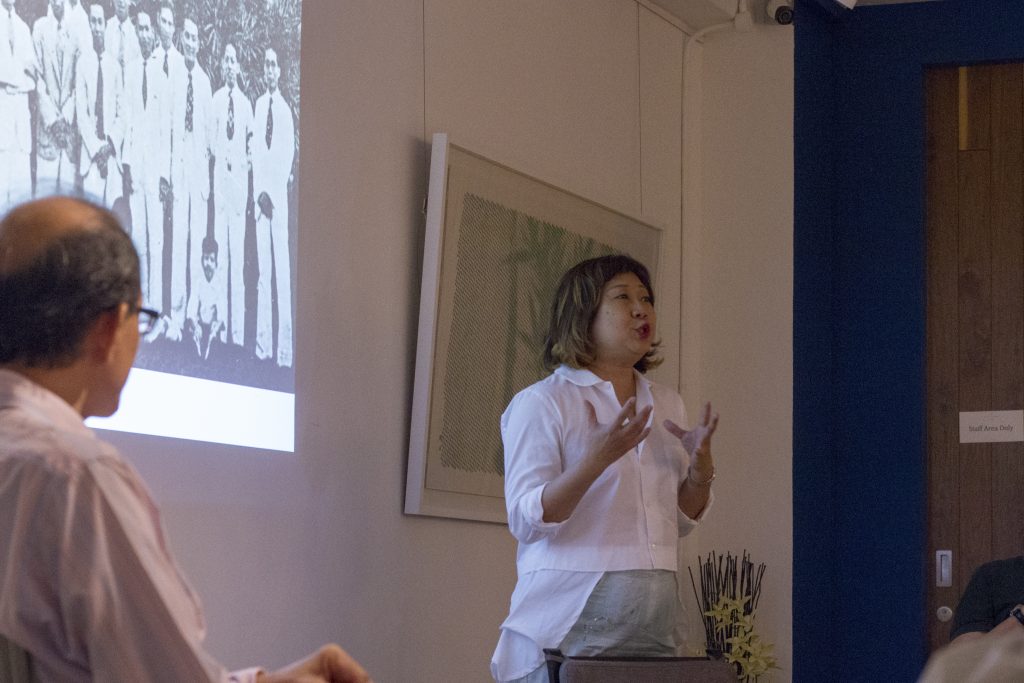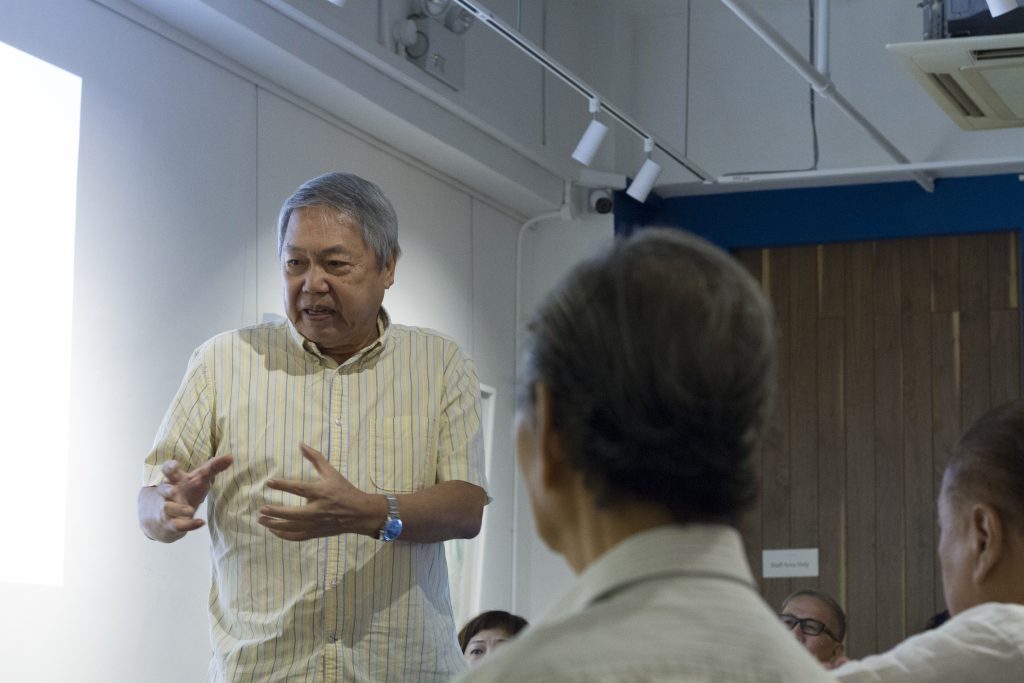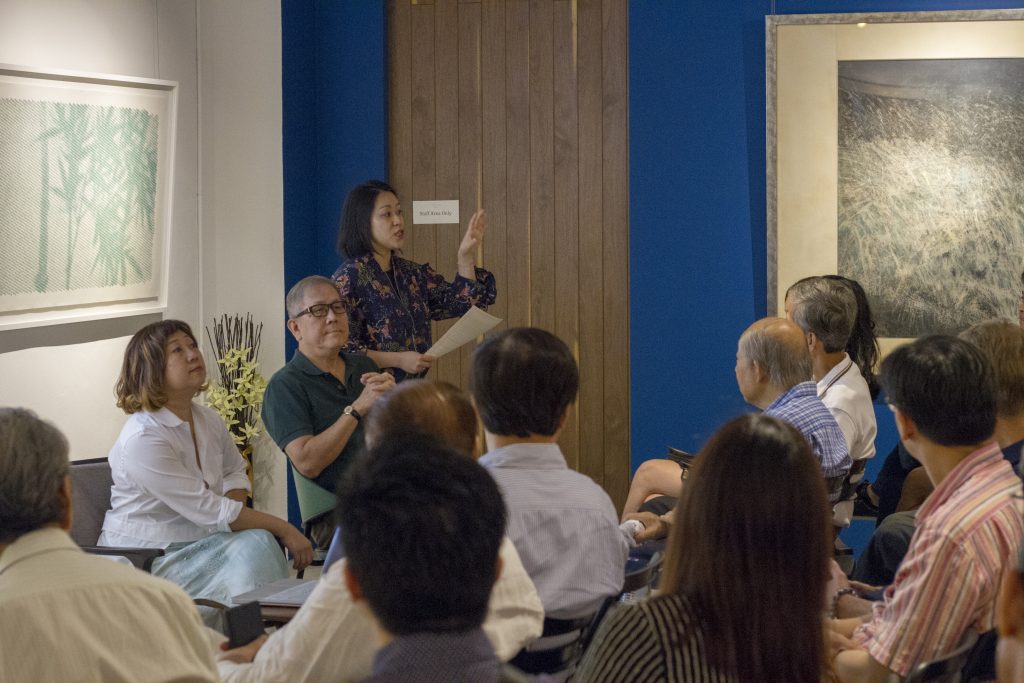Collecting Chinese Ink: History, Culture and Wealth
Presented by The Culture Story
23 September 2018
Over 70 guests attended The Culture Story’s panel discussion, “Collecting Chinese Ink: History, Culture, and Wealth”. Moderated by The Culture Story co-founder Chong Huai Seng, the panel featured K.P. Lee, Teo Han Wue, and Lee Chor Lin, offering insights into Chinese ink as a medium, its traditions, and its influence, particularly in Singapore.
Amid renewed institutional and gallery interest in ink art—such as Wu Guanzhong at National Gallery Singapore and Lim Tze Peng at artcommune—the discussion provided a timely reflection on the evolving discourse surrounding this historic medium.
Mr Lee introduced early ink masters across dynasties, while Mr Teo explored the influence of ink among Singapore’s pioneer artists. Ms Lee engaged the audience with archival images of 1940s–1950s Singapore artist groups, highlighting lesser-known ink practitioners beyond Chen Wen Hsi. Mr Chong concluded by sharing his journey as a collector and his efforts to support the medium through the China Art Foundation.
The Culture Story thanks the speakers and guests for their participation, continuing its mission to foster meaningful conversations on art collecting for both newcomers and seasoned collectors.
Panellists:
Chong Huai Seng
Mr Chong’s regular visits to China in the early 2000’s sparked an interest in Chinese art, especially Chinese contemporary ink. In 2003, Chong founded The China Art Foundation to promote Chinese contemporary ink artists. In 2004, he supported and helped organise a major ink exhibition titled “Xin Xie Yi” 《新写意》held at the National Art Museum of China in Beijing. The exhibition, which was curated by Mr Liu Xiaochun, Researcher at the Chinese Art Research Institute, showcased twenty-five artists and attracted over 50,000 visitors. The exhibition was considered to be a significant event in the Chinese art community.
K.P. Lee
Mr Lee has been a collector of Chinese paintings since 1984, and now manages 2 private funds which invest in Chinese paintings. He became interested in Chinese art while working in the financial sector in London in the early 1980’s, and specifically started looking at Chinese paintings in 1984 after he was transferred to Hong Kong for work.
Teo Han Wue
Mr Teo was a journalist for The Straits Times during the 1980s when he reviewed art exhibitions regularly and wrote about many artists both local and foreign. After journalism, Mr Teo joined the National Arts Council (1991-2002). He was appointed as Executive Director of Art Retreat (2004-2010), a private museum based in Singapore owned by an Indonesian collector. Teo is a well-established writer, contributed numerous essays to both local and international platforms. He has also served on various advisory committees of Singapore Art Museum, National Gallery Singapore, NUS Museum and NTU.
Lee Chor Lin
Ms Lee began her career in the museum world in 1985 at the National Museum of Singapore. As senior curator of the Asian Civilisations Museum (1993–2002), Lee was responsible for the both Southeast Asian and Chinese galleries, as well as the museum’s acquisition in both collections. She was Director of the National Museum (2003–2013) and later became the CEO of Arts House Limited (2013–2016). She currently works independently and selectively, researching and writing on pre-war Singapore Chinese artists, Indonesian Chinese diaspora in batik trade, and food writing as a cultural memoir in modern Chinese literature.








